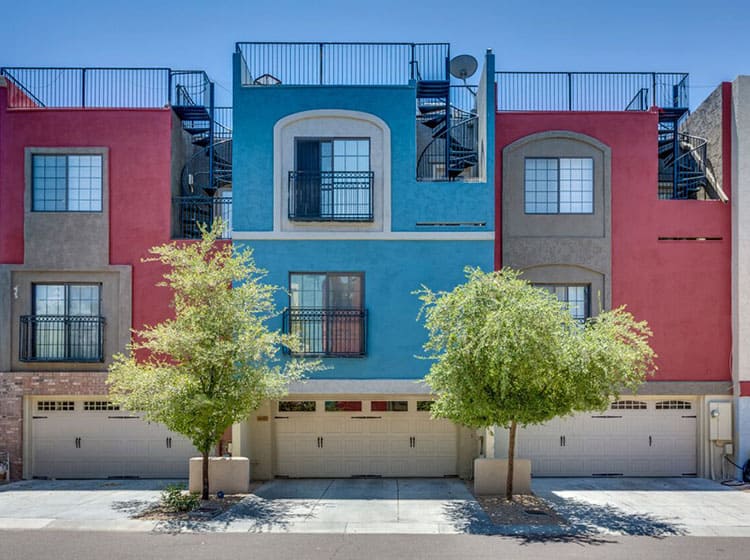What Influence Do The Ideal Shades Have On Your Brand'S Allure In Business External Paint? Discover The Fundamental Factors That Route Your Color Choices
What Influence Do The Ideal Shades Have On Your Brand'S Allure In Business External Paint? Discover The Fundamental Factors That Route Your Color Choices
Blog Article
Content Develop By-Hollis Rojas
When it concerns commercial exterior paint, the shades you select can make or break your brand name's charm. Recognizing just how Read the Full Posting affect understanding is crucial to bring in clients and building depend on. However it's not nearly personal preference; local fads and regulations play a considerable duty also. So, how do you discover the best balance between your vision and what resonates with the neighborhood? Allow's discover the vital variables that assist your color selections.
Recognizing Shade Psychology and Its Influence On Company
When you choose colors for your business's exterior, recognizing shade psychology can substantially affect just how possible clients regard your brand.
Shades stimulate emotions and set the tone for your company. For example, blue usually communicates count on and professionalism and trust, making it ideal for banks. Red can develop a feeling of necessity, excellent for dining establishments and clearance sales.
At the same time, eco-friendly symbolizes development and sustainability, interesting eco-conscious customers. Yellow grabs attention and triggers positive outlook, but excessive can bewilder.
Consider your target market and the message you want to send. By selecting the right colors, you not only enhance your aesthetic charm but additionally align your photo with your brand worths, inevitably driving consumer involvement and commitment.
Analyzing Resident Trends and Rules
How can you guarantee your exterior painting choices resonate with the neighborhood? Start by researching More Information and facts . Check out close-by services and observe their color schemes.
Take note of what's popular and what feels out of place. This'll help you align your options with area aesthetics.
Next, check neighborhood policies. Lots of communities have guidelines on outside colors, specifically in historical areas. You do not intend to hang around and money on a scheme that isn't compliant.
Involve with regional local business owner or community groups to collect understandings. They can give important comments on what colors are favored.
Tips for Balancing With the Surrounding Environment
To develop a natural appearance that blends perfectly with your surroundings, consider the natural surroundings and architectural designs close by. Start by observing the shades of nearby structures and landscapes. you could try these out like greens, browns, and muted grays typically work well in natural settings.
If your residential or commercial property is near lively city locations, you might select bolder hues that show the neighborhood energy.
Next, think of the architectural design of your structure. Conventional styles may benefit from timeless shades, while contemporary designs can welcome contemporary palettes.
Examine your color options with examples on the wall surface to see how they interact with the light and atmosphere.
Lastly, remember any neighborhood standards or community appearances to guarantee your selection boosts, rather than clashes with, the environments.
Verdict
Finally, selecting the appropriate shades for your industrial outside isn't nearly visual appeals; it's a tactical choice that impacts your brand name's perception. By tapping into color psychology, considering local fads, and ensuring consistency with your surroundings, you'll develop a welcoming environment that attracts consumers. Don't forget to evaluate examples prior to devoting! With the ideal strategy, you can raise your organization's curb charm and foster enduring client interaction and loyalty.
